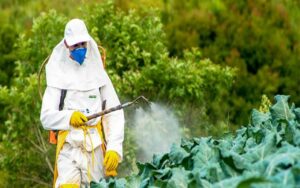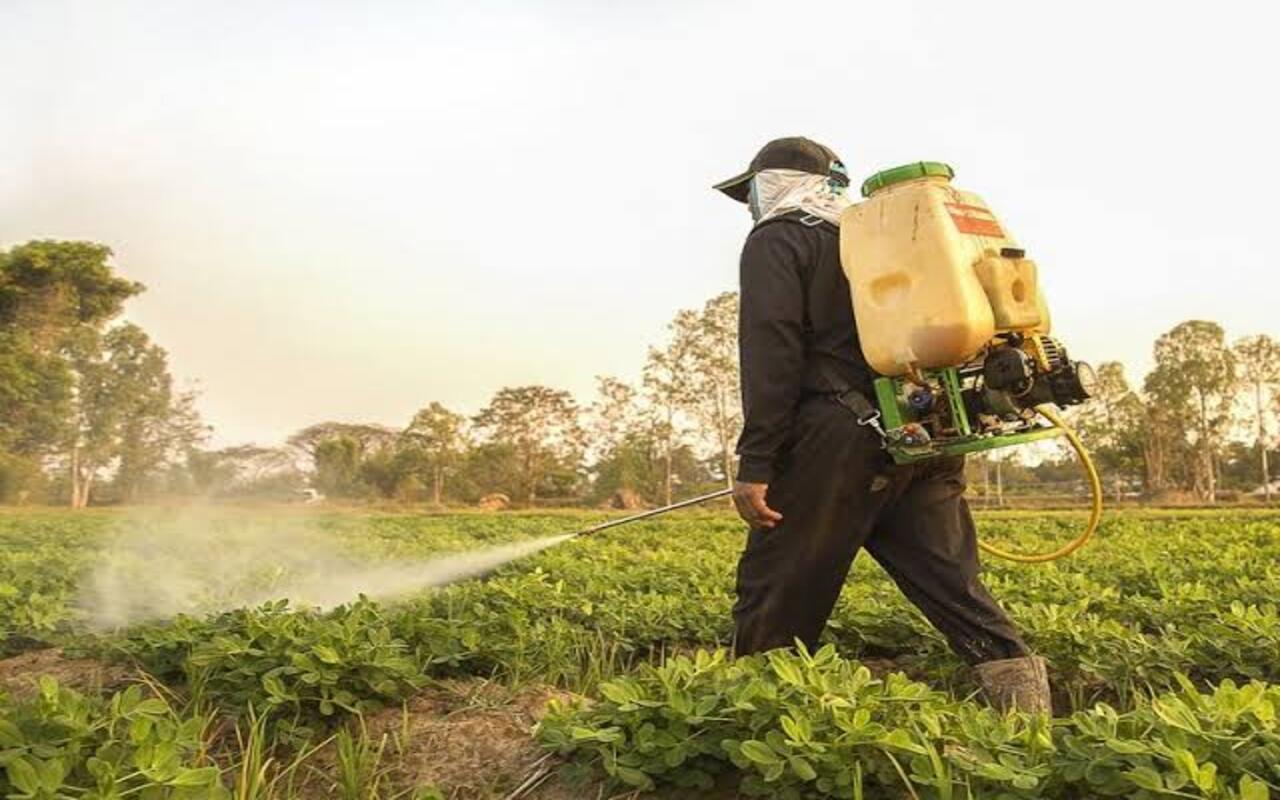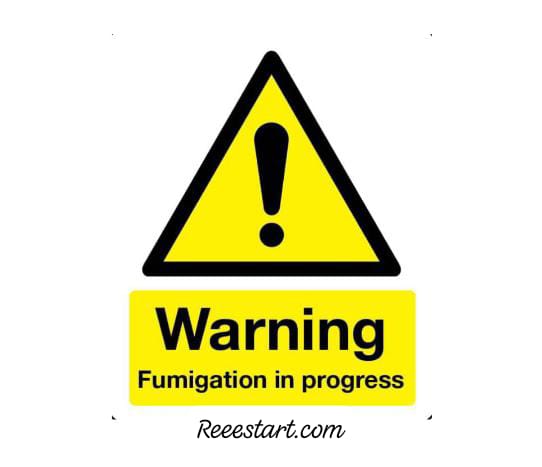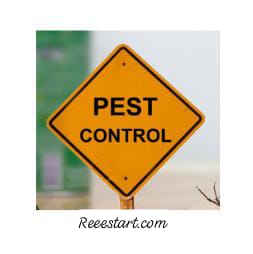Pesticide safety guidelines are an important tips must be followed and applied correctly, Pesticide can be highly effective in controlling pests, but they can also pose significant risks to human health and the environment if not handled properly. Adhering to strict Pesticide safety guidelines is crucial.
Pesticide safety guidelines
To achieve the best economic,Safety, and technical results from the use of pesticides, the following instructions should be followed:
- Use pesticides in the recommended quantities and do not exceed the doses as it increases the cost of control and speeds up the development of resistance in the target pests.
- Conduct pest control at the appropriate time determined by the agricultural engineer.
- Ensure the cleanliness of the sprayer or applicator before using pesticides.
- Mix the pesticide with a little water in a separate container, then pour a small amount of water into the sprayer and pour the prepared pesticide mixture onto it, making sure to mix it well with water. Wash the container several times with water and pour the water into the pump tank.
- Carry out the spraying or fumigation in the early morning when the wind is calm and perform the treatment in the direction of the wind, ensuring that the wind is behind the sprayer.
- Do not use pesticides on plants experiencing water stress, wilting, or recently irrigated, or during rainfall, unless the soil is dry enough to allow it.
- Ensure that there are no animals such as cows, sheep, chickens, etc. in the treatment area.
- Do not eat or smoke when handling pesticides, whether during mixing, preparation, or spraying.
- Avoid washing the tools used for spraying pesticides in pastures and fields frequented by animals for grazing.
- Do not use empty pesticide containers for personal use, but dispose of them after piercing and place them in containers for collecting empty containers to be collected by responsible authorities or waste collection companies.
- Do not exceed the working period in spraying pesticides for more than 6 continuous hours, and if any symptoms such as pain, dizziness, vomiting, or nausea appear, stop working immediately and consult a doctor.
It is the responsibility of every agricultural engineer, technician, or worker in the agricultural field to have a full understanding of safety precautions when applying, using, and handling pesticides to protect themselves, their environment, and ensure the provision of safe food for their countries. Many have suffered from pesticide poisoning, kidney failure, and cancer as a result of improper or excessive use of pesticides without the need for it, driven by greed for profit without considering the health of those entrusted to them and the responsibility of providing safe food.

General Pesticide Safty Precautions
- Read the label carefully, This is the most important step. The label provides specific instructions for safe use, including application rates, protective equipment, and re-entry restrictions.
- Wear appropriate personal protective equipment (PPE), Always wear the PPE specified on the label, such as gloves, goggles, mask, and protective clothing.
- Mix pesticides outdoors or in well-ventilated areas, Avoid mixing pesticides indoors to prevent exposure to fumes.
- Avoid spraying in windy conditions, Wind can carry pesticides to unintended areas.
- Wash thoroughly after handling, Wash hands, face, and exposed skin with soap and water immediately after handling pesticides.
- Store pesticides securely, Keep pesticides in their original containers, out of reach of children and pets.
- Dispose of empty containers properly, Follow the label instructions for proper disposal.
Additional Pesticide Safety Guidelines
- Calibrate your equipment, Ensure you apply the correct amount of pesticide.
- Avoid contamination, Prevent pesticides from contaminating water sources, food, and other non-target area.
- Be aware of environmental conditions, Consider factors like temperature, humidity, and wind speed when applying pesticides.
- Follow re-entry restrictions: Do not enter treated areas until the specified re-entry time has passed.
Seek medical attention if exposed, If you experience symptoms of pesticide poisoning, seek medical attention immediately.




